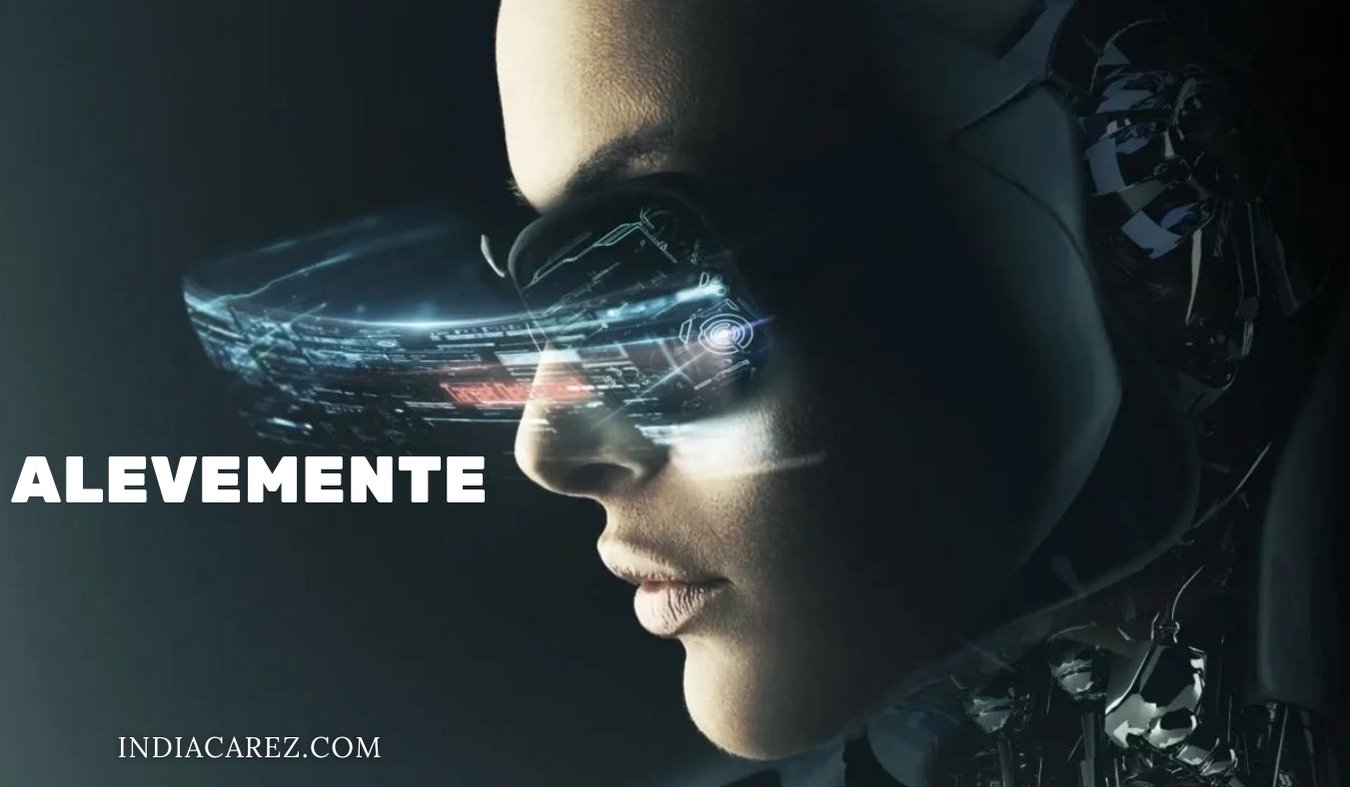The world of orthodontics has witnessed a paradigm shift in recent years, thanks to rapid advancements in technology. What was once a field defined by traditional braces and lengthy treatments is now embracing innovation to deliver faster, more precise, and patient-centered care. From 3D imaging to AI-driven diagnostics, these breakthroughs are reshaping how orthodontists diagnose, plan, and execute treatments.
The Role of Digital Imaging and 3D Technology
One of the most significant innovations in orthodontics is the integration of digital imaging and 3D technology. Traditional methods relied on physical molds and manual measurements, which were often time-consuming and prone to errors. Today, digital scanners and 3D imaging tools provide highly accurate representations of a patient’s oral structure. These technologies enable orthodontists to create detailed treatment plans with unmatched precision.
Moreover, patients benefit from these advancements through improved visualization. Orthodontists can now show a digital preview of the treatment outcome, helping patients understand the process and set realistic expectations. This transparency has enhanced trust and satisfaction in orthodontic care.
Artificial Intelligence in Diagnostics
Artificial Intelligence (AI) is revolutionizing diagnostic processes in orthodontics. AI algorithms analyze patient data, including X-rays and 3D scans, to identify dental issues more accurately than ever before. By leveraging machine learning, orthodontists can detect patterns and potential complications that might be overlooked by the human eye.
AI also optimizes treatment planning. Algorithms can suggest the most effective course of action, considering factors like alignment, bite issues, and overall oral health. This personalized approach not only reduces treatment times but also improves the overall success rate of orthodontic procedures.
Digital Indirect Bonding: A Game-Changer
A significant breakthrough in the application of technology is digital indirect bonding. This method streamlines the placement of braces by using digitally designed trays that precisely position brackets onto the teeth. The trays are created from 3D models of the patient’s mouth, ensuring accuracy and reducing chair time during appointments.
Digital indirect bonding has gained traction for its ability to improve treatment efficiency and patient comfort. Orthodontists appreciate the reduced manual labor involved, while patients experience shorter and more effective visits. As a result, this innovation is setting a new standard for modern orthodontic care.
Clear Aligners and Virtual Monitoring
Clear aligners, such as Invisalign, represent another technological leap in orthodontics. These custom-made, removable devices are designed using advanced 3D modeling and printing techniques. Unlike traditional braces, clear aligners offer a discreet and convenient solution for teeth alignment.
What makes these aligners even more impactful is the advent of virtual monitoring. Patients can now track their progress through mobile apps and periodic updates from their orthodontist, reducing the need for frequent in-office visits. Virtual monitoring ensures that treatments stay on track and enables orthodontists to make real-time adjustments when necessary.
Robotics and Automation
Robotics and automation are making their mark in orthodontic laboratories and practices. Robotic systems are used to bend wires for braces with precision, minimizing human error and ensuring optimal results. Additionally, automated processes in the production of clear aligners and retainers have accelerated the turnaround time for patients.
This blend of robotics and automation not only enhances accuracy but also allows orthodontic practices to handle higher patient volumes efficiently. As these technologies continue to evolve, they promise to make treatments even more accessible and affordable.
Enhanced Patient Experience
The integration of technology in orthodontics goes beyond clinical benefits; it profoundly impacts the patient experience. Virtual consultations and AI-driven appointment scheduling make it easier for patients to access care. Additionally, digital tools provide interactive education, empowering patients to take an active role in their treatment journey.
Furthermore, advances in pain management and minimally invasive techniques are reducing discomfort associated with orthodontic procedures. These improvements are encouraging more people to seek treatment, especially adults who may have been hesitant in the past.
The Future of Orthodontics
As technology continues to advance, the future of orthodontics looks brighter than ever. Emerging trends like augmented reality (AR) for patient education, nanotechnology for advanced materials, and blockchain for secure patient records are set to further transform the field.
The ultimate goal is to create a seamless, personalized, and efficient experience for both orthodontists and patients. By embracing these innovations, orthodontics is not just keeping pace with technological progress but also leading the way in redefining modern healthcare.










